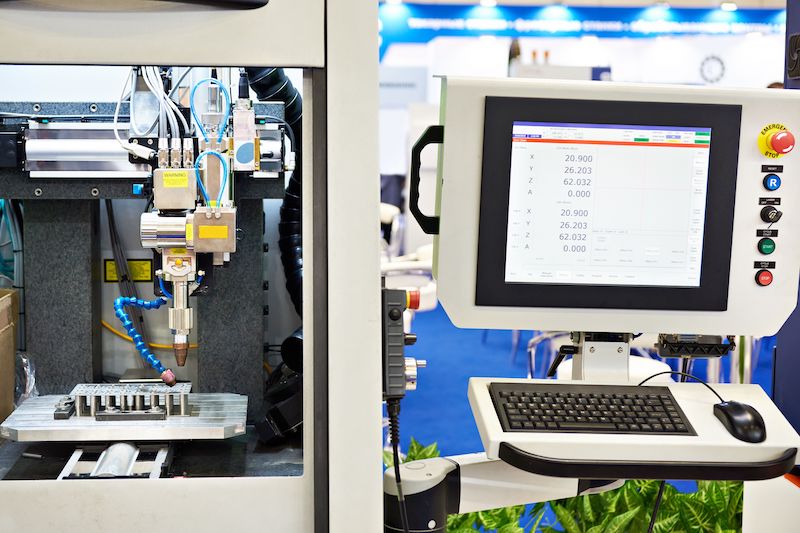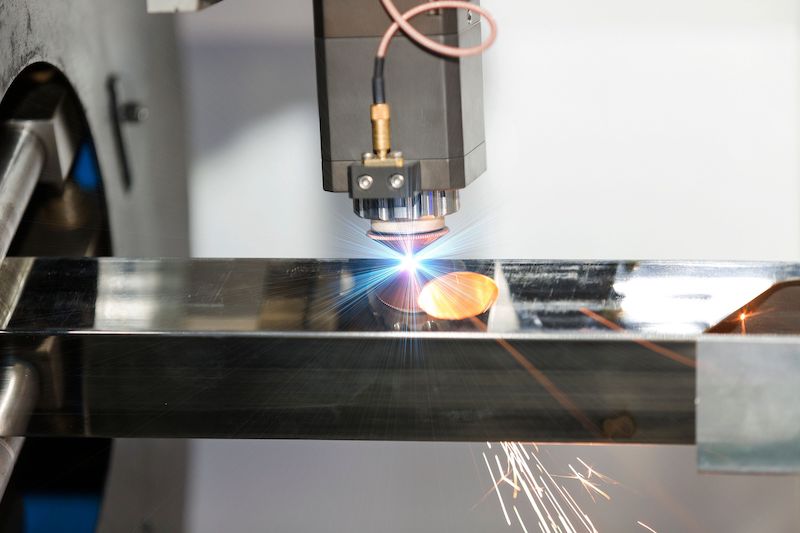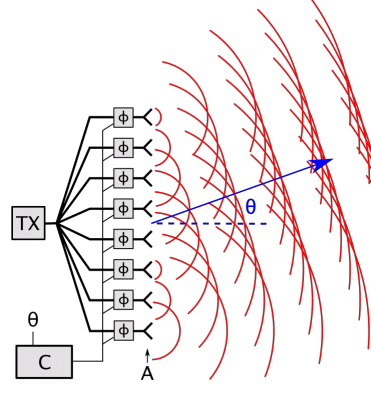Pain Points and Solutions in Laser Welding: Porosity
Explore the biggest challenges and trends in laser welding, starting with porosity.
Welding is a traditional process that has been around for thousands of years to some degree. However, what comes to mind for most of us when we hear the word welding was developed in the 19th century. The process continues to evolve as laser welding was invented around 1985. Laser technology continued to advance into the 1990s, when it became more common in industry.
With improved speed and quality, laser welding was set to take over welding manufacturing, yet more traditional processes are still going strong. Laser welding may not have been adopted for many reasons. One reason is that many of the challenges and pain points in traditional welding are still present in the new laser process. However, as lasers continue to evolve, and manufacturing demands for speed and automation increase, this three-part series explores the four main pain points in laser welding and how technology leads to innovative, dynamic solutions.

Figure 1. A laser welding machine.
Lasers already reduce heat affected zones and the problems it causes, such as deformation in addition to delivering higher speeds and quality. More recently, companies have delivered higher powers and more flexibility in beam shaping. This is achieved through coherent beam combining and controlling the optical phased array in lasers to solve some of the biggest pain points in welding, such as porosity, cracks, melt flow, and asymmetric parts.
What is Coherent Beam Combining (CBC)?
A simple definition of coherent beam combining (CBC) is when a single laser is split into multiple, amplified, then recombined into a single laser. This technology can provide a single-mode continuous beam and present more control parameters than earlier laser technologies.
Where beams combine, or overlap, there is interference that projects a unique pattern. Controlling the amplitude and phase of each beam offers the ability to change the interference pattern to form shapes or modulate power digitally without mechanical movement. Digitally controlling the shape and movement of the beam enables the use of an oscillation technique without mechanical scanners, which researchers are using to help control porosity in welds.
Pain Point: Porosity
The Problem With Porosity
Porosity may not be the largest pain point in every industry, but it is the most common for laser welding. Generally, every part will have some level of porosity challenges. Often, porosity is a sign of an unstable keyhole that traps gas inside the weld when the vapor capillary collapses. Welding materials with high thermal conductivity, such as aluminum and copper, can make it more difficult to manage porosity.

Figure 2. CNC laser welding a metal sheet.
Current Solutions for Porosity
Mechanical scanners can oscillate or wobble the laser beam. This wobbling method can reduce porosity by making a wider weld, which helps more vapor escape before the capillary collapses. Overall, scanners are slow and not very flexible. The beam shape is limited to a dot or circle, and the scanner can only travel as fast as the motors can move the mirrors. Also, with higher-power lasers, larger mirrors further reduce the speed of this solution.
Dual or multiple core lasers have also been used to try to stabilize the keyhole. The solution also has an inflexible beam shape, but can change the power intensity between cores. This technique increases the opening at the top of the capillary, changing the keyhole from a narrow, deep geometry to more of a “V” shape. The wider shape at the top helps gas escape before the capillary collapses.
Another solution is to stabilize the keyhole through power modulation. This solution does not work as well as when cycling through lower power; the keyhole can shrink, causing instability, spatter, and inconsistent welds.
Wobble, multi-core, and power modulation help porosity, but are not ideal solutions.
Ideal Solution for Porosity
Without flexibility, researchers are unsure of the best solution. An ideal solution would be to tailor power exactly where it is needed, which is why researchers are excited to explore the flexibility and abilities provided in dynamic beam lasers. With full control over the optical phased array, researchers can test with multiple beams, unlimited shapes, and greater flexibility over where and how energy is directed. These capabilities could change the way the industry thinks of laser processes.

Figure 3. Animation showing how a phased array works. Image used courtesy of Chetvorno
Dynamic beam lasers deliver unlimited beam shape to stabilize keyhole geometry and other control parameters that reduce porosity without speed limitations. With the ability to change shapes, intensity, and focal depth in microseconds, dynamic beam lasers can customize a beam for each material, application, and direction to reduce porosity in metals, including materials with high thermal conductivity.
For example, an application finds the ideal solution is to apply more energy to a weld’s leading edge. The advanced control of the optical phased array can generate other shapes, such as a crescent moon on the leading edge or adjust the beam’s intensity within the shape.
In an ideal process, 100% of the energy would go directly into the material to accomplish the desired result. However, it is currently inevitable that some energy is wasted and will affect the area around a cut or joint. These new control parameters in laser welding bring manufacturers one step closer to this ideal case. In the next part of our three-part series on laser welding pain points and solutions, we explore crack formation.

 Facebook
Facebook Google
Google GitHub
GitHub Linkedin
Linkedin







